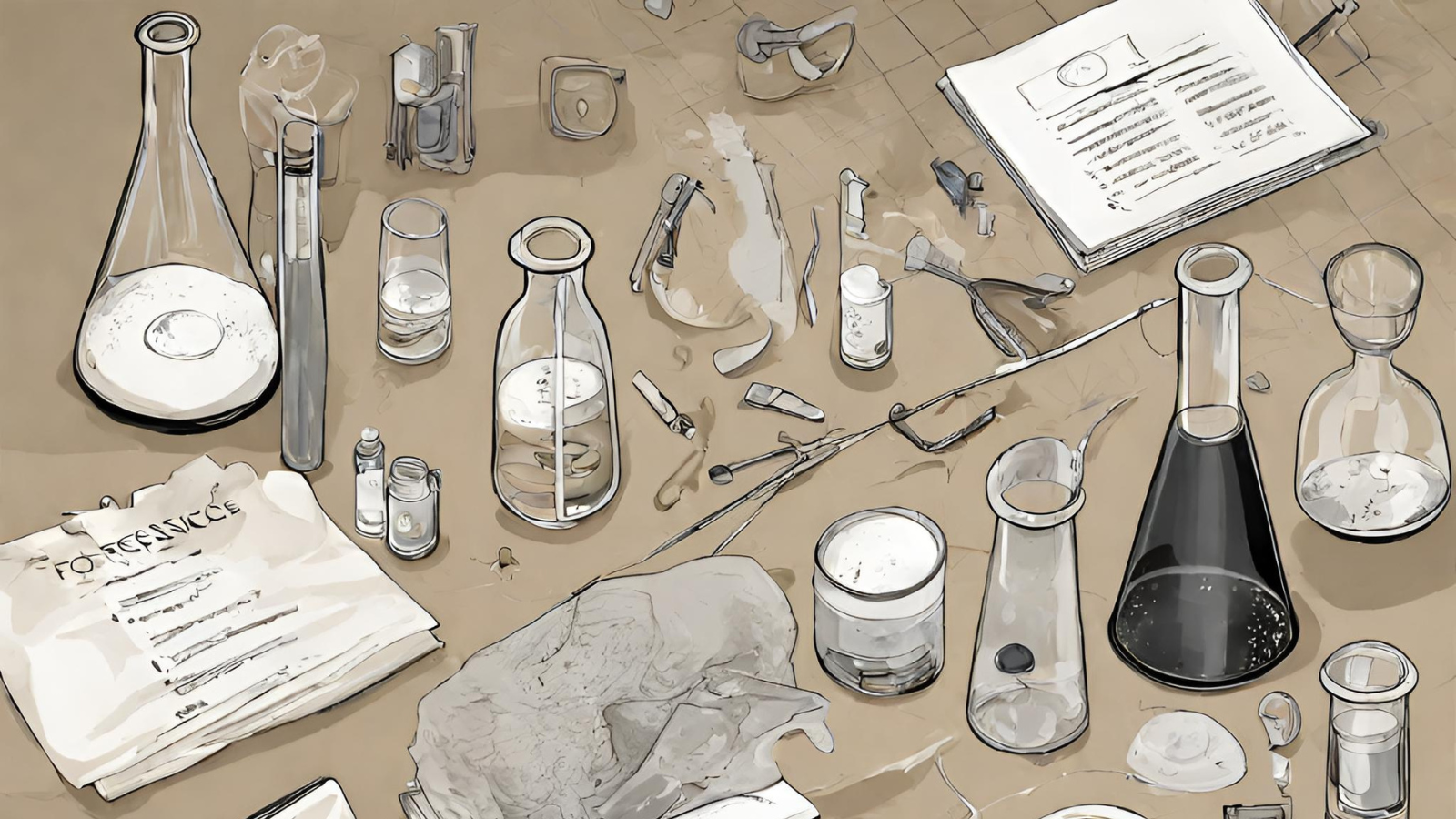Junk Science

The last 120 years have seen incredible leaps forward in technology. What used to be science fiction is now reality. Accomplishments like flights around the world, space exploration, artificial intelligence, and driverless cars are part of our daily experience. The pace of innovation continues to accelerate as society races to keep up.
The same is true about our criminal justice system. Recent breakthroughs in forensic science have solved previously impossible cases. But behind every new tool for law enforcement, there are many people who have suffered in its development. Not every science used to convict was reliable. Some are no longer used, whereas others are used with far less evidentiary weight.
Sciences like bite mark matching and hair comparison analysis were once thought to be as reliable as fingerprints. Today, they are deemed far less accurate for identification but are still used as supporting evidence. Fire investigation and child autopsies have evolved a lot and are not being done in the same way because of past unreliability. Even the gold standard of DNA matching has provided irrelevant information at times.
This collection of debunked, de-emphasized, and incorrectly used forensic sciences is collectively called “junk science,” and it’s a real problem for the criminal justice system.
So what does this mean for the wrongfully convicted person still behind bars because of junk science? Sadly, not a lot… Criminal convictions are still very difficult to reverse after forensic science is discredited. In part, that’s because convictions are usually based on more than one piece of evidence. Murder cases are complicated, and juries will often need to sift through multiple layers of competing scientific theories to weigh them against each other.
And so once a decision is made, the courts are very reluctant to overturn it, even when one piece of evidence is later found to be false. In this podcast episode, we cover Junk Science, its history, and the impact on the criminal justice system.
Special thanks to our sponsor Clio – Cloud-Based Legal Technology.
Written by: